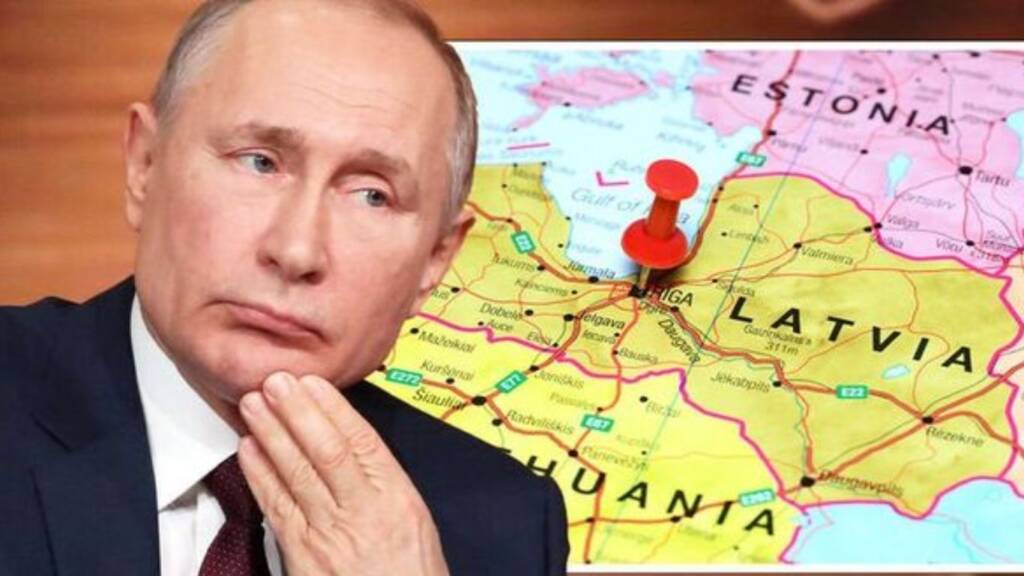Baltics played a key role in the Ukraine war, with Estonia’s ex-PM Kaja Kallas—now the EU’s Foreign Policy Chief—leaving a lasting impact. A staunch Ukraine supporter, she pushed for military aid and European unity, committing €56 million for development assistance from 2024 to 2027. Estonia’s military aid, the highest per capita globally at 1.4% of GDP, underscored its firm stance.
But this unwavering support has triggered backlash at home. Many Estonians worry about the economic strain, questioning whether the focus on Ukraine has come at the cost of national priorities. Kallas’s push for increased defense spending and aggressive foreign policy has fueled heated debates about balancing international commitments with domestic needs. Now that she’s gone, her legacy continues to shape Estonia’s political and economic landscape—sparking controversy at every turn.
Meanwhile, the Baltic states have officially unplugged from Russia’s electricity grid, now relying on Finland, Sweden, and Poland. The EU hailed the move as a landmark step toward energy independence.
Kallas’ Big Announcement
“Russia can no longer use energy as a tool of blackmail,” declared Kallas, echoing Brussels’ celebration of the decoupling. The shift also isolates Russia’s Kaliningrad exclave, now forced to sustain its own power system. Moscow insists it’s prepared, having built gas-fired plants to ensure stability.
European Commission President Ursula von der Leyen doubled down, calling this a historic split: “Power lines to Russia and Belarus are being dismantled. These links to hostile neighbors will soon be history.”
Three decades after breaking from the Soviet Union, the Baltics have cut off Russian gas, but their electricity grids remained tied to Moscow and Minsk—until now. This move solidifies their separation from Russia, but it comes at a steep price.
Electricity prices have surged across the region. Estonia, for example, saw costs spike from €126 per MWh last week to €191 per MWh—the highest in 2025 so far. The culprits? Cold weather, weak wind and solar output, rising gas prices, and damaged infrastructure.
Gas prices on the Dutch TTF exchange hit a two-year high, with experts predicting they’ll stay elevated. The situation is worsened by broken energy links—Estonia’s Estlink 2 cable is down after anchor damage, and Lithuania’s link to Sweden is only partially operational. If these had been running, electricity costs would’ve been significantly lower.
Lithuania isn’t faring any better. According to the VERT chairman, prices there will range between €90 and €130 per MWh in the near future, with consumers on exchange-based pricing taking the hardest hit.
This transition hasn’t been smooth. With fewer energy connections and unpredictable market factors, the Baltics are in for a rough ride. And let’s be honest—this feels like another tax paid to Brussels. Energy prices aren’t just about supply and demand anymore; they’ve become another hidden cost of the Ukraine war.
Baltics Paying More than Enough
The Baltics have already sacrificed plenty. Beyond cutting ties with Russia’s power grid, they’ve poured billions into Ukraine—$2.2 billion in military aid and $350 million in financial and humanitarian support since 2022. But at what cost?
Soaring energy prices are crushing households and businesses. Supply chains are in chaos. Economic uncertainty is scaring off investors. And on top of that, these small nations have taken in a disproportionate number of Ukrainian refugees, further straining their resources.
And now this—another burden piled on. It’s as if Brussels has deliberately left the Baltics to fend for themselves. They don’t care.
And that’s why, even though Kallas has left Estonia, the Baltics are still drowning in the mess she and Ursula von der Leyen created.
